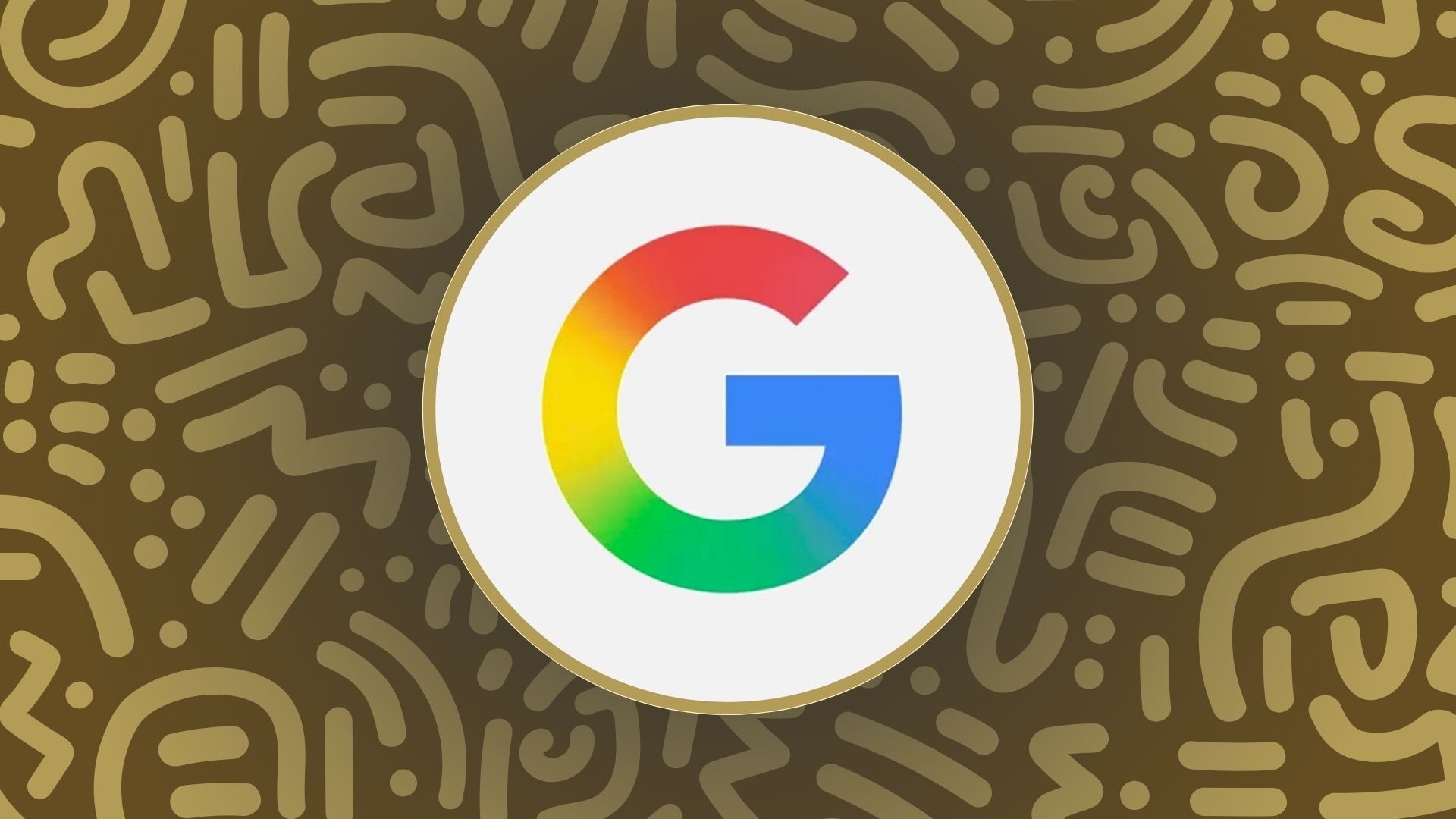Google has begun rolling out its June 2025 core update, the second major algorithm refresh of the year. It launched globally on the morning of 30 June, and the rollout is expected to continue for around three weeks, affecting websites in all regions and languages.
This is what Google calls a “regular update” to its core search systems. It doesn’t introduce anything dramatically new, but it is still significant, with the potential to cause noticeable changes in how sites perform in search results.
What is a core update?
Google’s core updates are part of its ongoing efforts to improve the quality of search results. They are not designed to punish sites but to reassess which pages best match user intent based on what people are searching for today.
Rather than targeting specific websites or content types, this update looks at all types of content across the web. It includes changes to how Google ranks and surfaces content not only in standard search results but also across features like Google Discover and featured snippets.
The company has described it as an update that helps surface “relevant, satisfying content for searchers from all types of sites.” In other words, it aims to reward web pages that deliver strong user value and elevate them in the rankings.
If your rankings change, here’s what it means
If your website experiences a dip in visibility during this period, it’s important not to assume you’ve done something wrong. Core updates are not penalties. Instead, they are an opportunity for Google to highlight content it considers more useful or authoritative based on the latest data from real users.
However, if you’ve seen a significant drop, especially in key landing pages or traffic-driving content, now is a good time to take stock. Google’s advice remains the same: review your content with a people-first mindset. Does it demonstrate clear value? Is it original, well-written, and useful to your audience? Are you genuinely meeting the needs of the people landing on that page?
While Google has said there’s nothing specific you need to “fix” after a core update, the most successful sites are those that invest in content improvements with long-term users in mind. Thin, outdated, or SEO-driven content that lacks substance may be at a disadvantage when compared to pages that focus on clarity, depth, and authority.
How long should you wait before reacting?
Google’s core updates take time to fully roll out. In this case, it will take up to three weeks, so it’s best to wait until mid to late July before making any firm conclusions. Search visibility can fluctuate during the rollout, and traffic shifts may not settle until the update is complete.
Once the update has finished, review your data using tools like Google Search Console or GA4. If particular pages have seen a decline, assess them in terms of quality, usefulness, and clarity, not just keyword usage.
Google’s long-term approach
Google has also confirmed that it will continue to refresh this update periodically, meaning its systems will keep learning and evolving in the background. However, future refreshes may not always be announced, so some fluctuations may occur quietly over time.
John Mueller, Search Analyst at Google, described the June 2025 core update as a “bigger” search update in a comment on Bluesky. That said, it still falls within the regular rhythm of Google’s ongoing efforts to improve how it ranks content across the web.
Recent update history
This is the second major update of the year. The previous one ran from 13 March to 27 March 2025. In 2024, core updates occurred in August, November, and December, with the March 2024 update standing out as the most impactful in recent memory.
If your site has been affected, don’t panic. Avoid making surface-level changes in a hurry. Focus instead on making your content more useful, more focused, and more relevant to real users. Google continues to emphasise helpfulness, trustworthiness, and user satisfaction above all else.
Treat this update as a reminder to audit your most important content. Look for opportunities to answer searchers’ questions more clearly, add depth to existing articles, and remove or consolidate outdated material. Improvements made today may not yield immediate results but can position your content more competitively for future updates.














